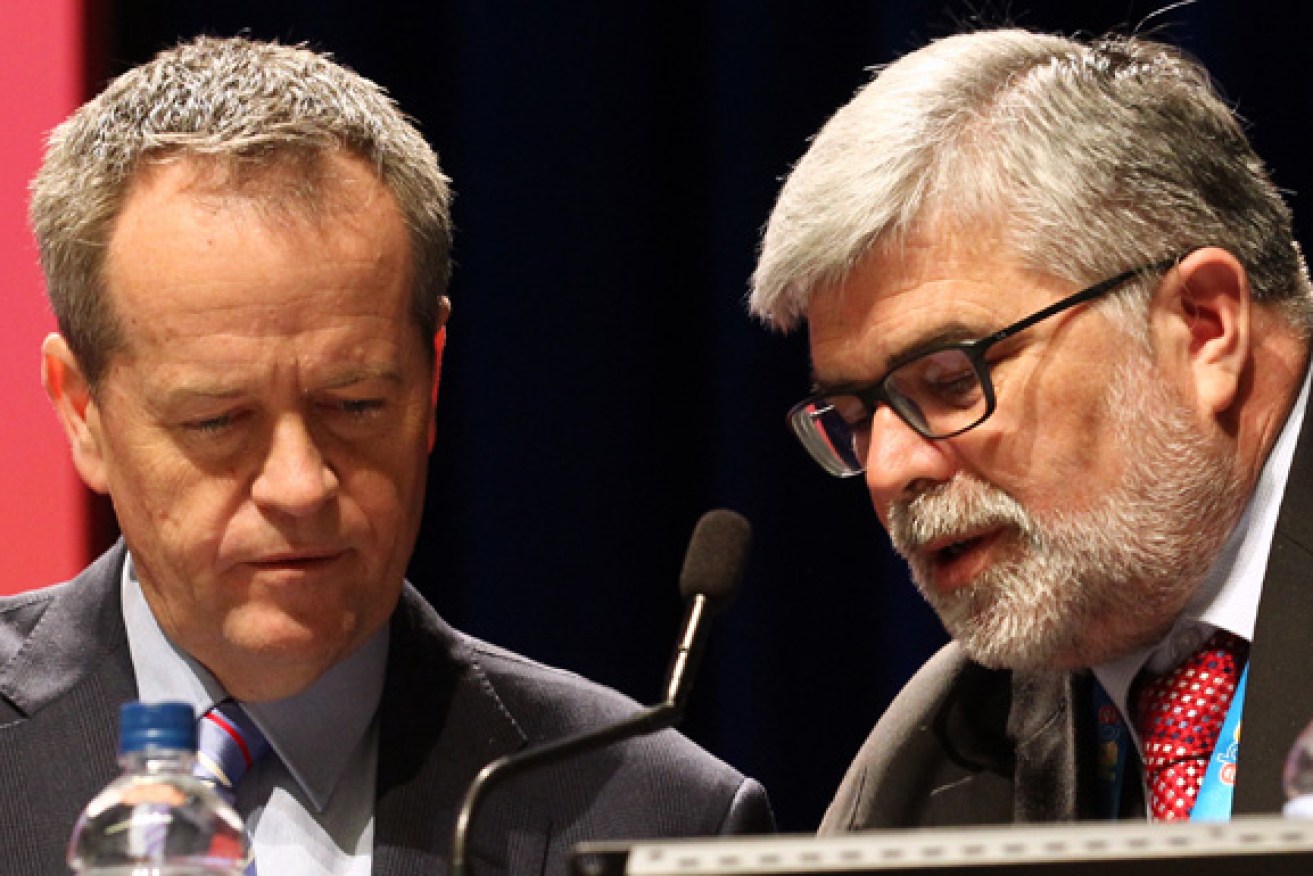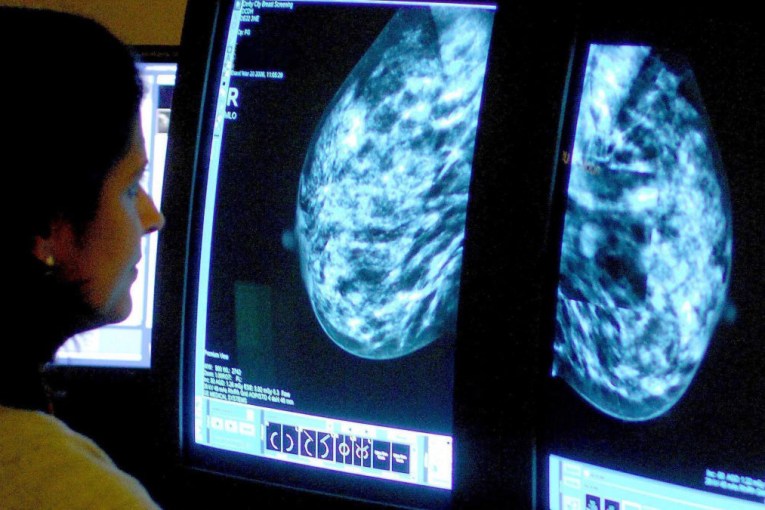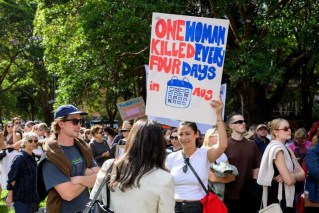Labor’s $4 billion university cash splash

AAP
Universities want more money to splash on their pupils, but students don’t want to pay for it. They’re have enough trouble financing textbooks, Netflix and two minute noodles.
But Labor leader Bill Shorten might just have a plan.
It involves $4 billion of extra government funding for universities, and it’s been backed by Australia’s top universities.
• Four skills you need to know for the future
• Tougher jobs lead to better uni results: study
• Wondering what to wear to work? We’re here to help
• Tougher jobs lead to better uni results: study
The vice-chancellor of one of Australia’s ‘Group of Eight’ universities said Labor’s proposed $4 billion funding spike, and the setting up of an independent commission for universities is a “long-term and substantial” commitment to students.
Seizing the dead air left by the Abbott Government’s twice failed tertiary fee deregulation legislation, the Opposition said it would increase university course funding by $2500 per student from 2018.
Monash University vice chancellor and Group of Eight board member Professor Margaret Gardner told The New Daily the plan was a “welcome announcement”.
“It is a commitment to per capita student funding. It is an investment to provide adequate per capita student funding for higher education students,” Ms Gardner said.
“It is a substantial investment in higher education and the education in students.
“Only via a commitment to per capita student funding that you have a clear commitment to quality.
“If per capita funding declines, so does the quality of education.”
Universities will not be able to spend the funding as they please, Labor confirmed to The New Daily.
Scroll down to see what Labor say you’ll pay for degrees
Labor plans to increase the amount of money available per student per discipline in “funding clusters”, that determines the amount of government assistance provided to each Commonwealth Supported Place across different subject fields.
Therefore, the government at the time could choose how funding would be distributed over university disciplines.

University students celebrate ending their degrees, but not the debt they carry. Photo: Shutterstock
It is unclear how Labor would justify choices to split funding between areas like Medicine, Law, Humanities and Science subjects and degrees.
The Monash vice-chancellor indicated both the Liberals deregulation bill, and Labor’s new plan led to greater per capita funding for universities.
While Ms Gardner did not say if she preferred the deregulation model over the direct funding, or vice versa, she did say “public investment” was needed.
“It has been a while since we’ve heard a commitment to direct investment in funding per capital,” she said.
“There is a recognition that you need a certain amount of public investment to secure quality education.”
She also said the inclusion of plans for a “Higher Education Productivity and Performance Commission” was a sign of Labor recognising “important long term goals needed long term commitments”.
Liberals back-pedal from fee deregulation
Earlier on Monday, Prime Minister Malcolm Turnbull said the Abbott government’s doomed deregulation bills were “political realities” he had to deal with.
“If you can’t get something through the Senate, I would say it’s highly possible that you could change it to something that will get through the Senate,” he told ABC radio.
The New Daily approached the office of Minister for Education and Training Simon Birmingham to clarify the Government’s position on university fee deregulation, but it did not respond.
Australia’s peak body for youth affairs told The New Daily it “welcomes policy debate about affordable, high-quality, safe and supportive tertiary education”.
“AYAC has highlighted the deregulation of higher education as an area of concern,” Australian Youth Affairs Commission national director Leo Fieldgrass said.
“We look forward to discussing this with the new Minister for Education and Training Simon Birmingham, and the Opposition.”
What exactly will students save?
Labor has made a lot of noise about Liberal’s supposed “$100,000 degrees”, but the reality is if Pyne’s deregulation bills passed the Senate, the cost might not usually be so high.

No matter if its Labor or Liberal, medicine, veterinary and dentistry students pay the most. Photo: Shutterstock
A piece in The Conversation reported Labor’s claims of $100,000 degrees are based on worst case scenario calculations – including a six per cent interest rate and no adjustment for inflation.
The Group of Eight Universities insist $100,000 degrees exist already, but only in exceptional cases.
If Pyne’s deregulation bill passed, universities could have charged the fees they pleased, leading to course prices doubling, according to analysis by the University of Sydney and Melbourne, reported by Fairfax in 2014.
The projections for “cost of degree under Turnbull” below, use the method detailed in The Conversation.
They are proposed figures according to Labor, assuming the Abbott Government’s deregulation plans had passed the Senate.
A Labor higher education advisor told The New Daily: “The cost of a degree under Labor has been calculated applying the maximum student contribution rates for different courses under existing legislation.
“The cost of a degree under Turnbull column uses NATSEM data released 29th October 2014.
“This reflects international student fees minus the new (lower) Commonwealth contribution rates under the Liberals’ plan.”

A table released with Labor’s funding boost announcement.









